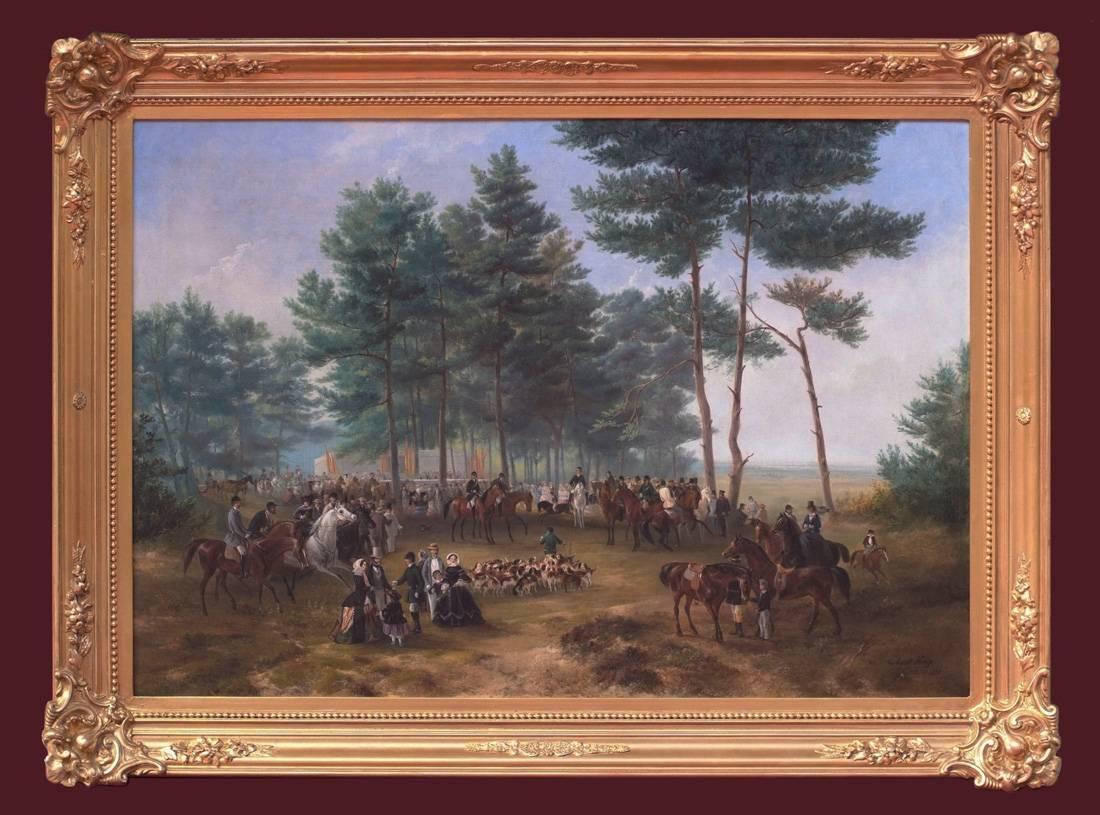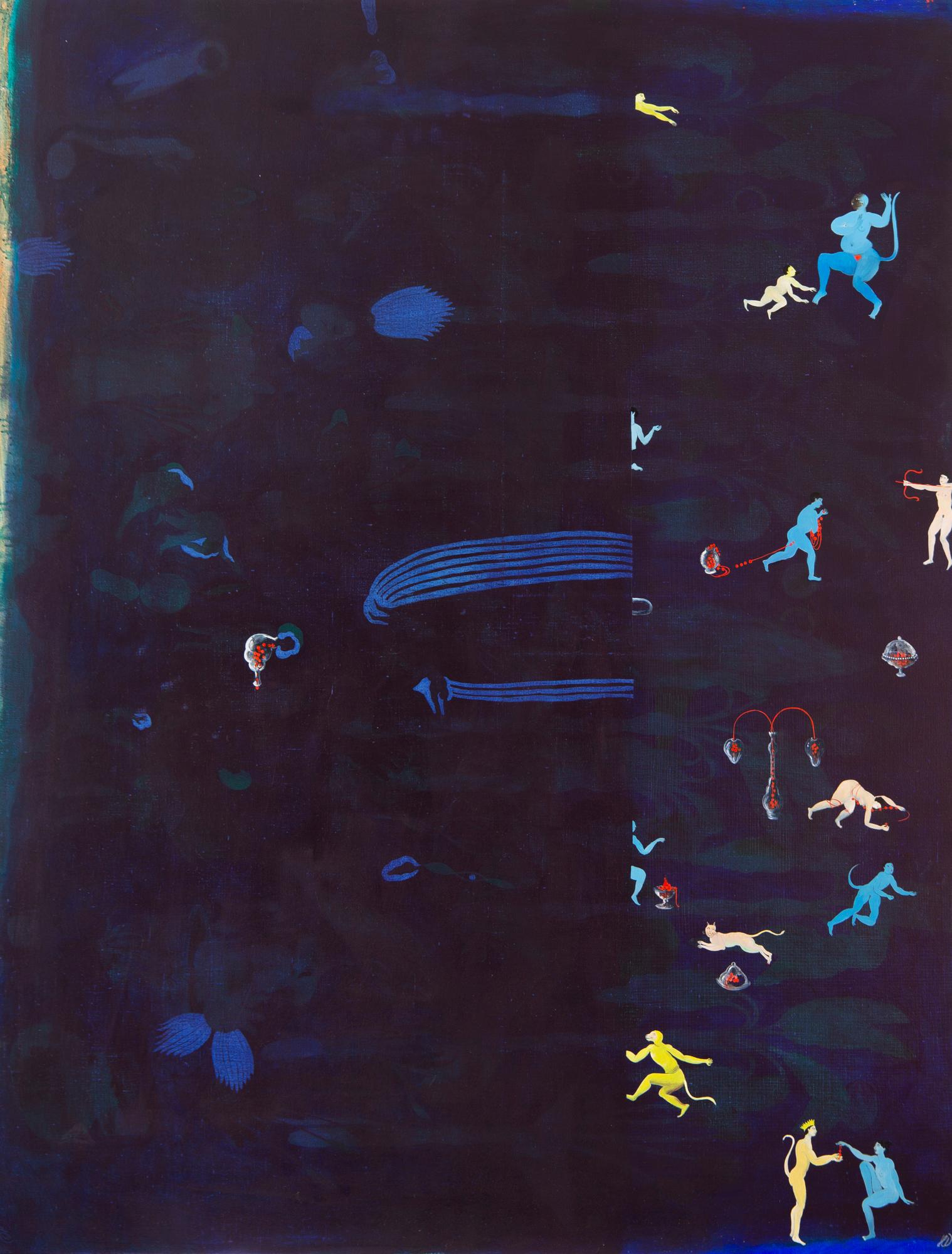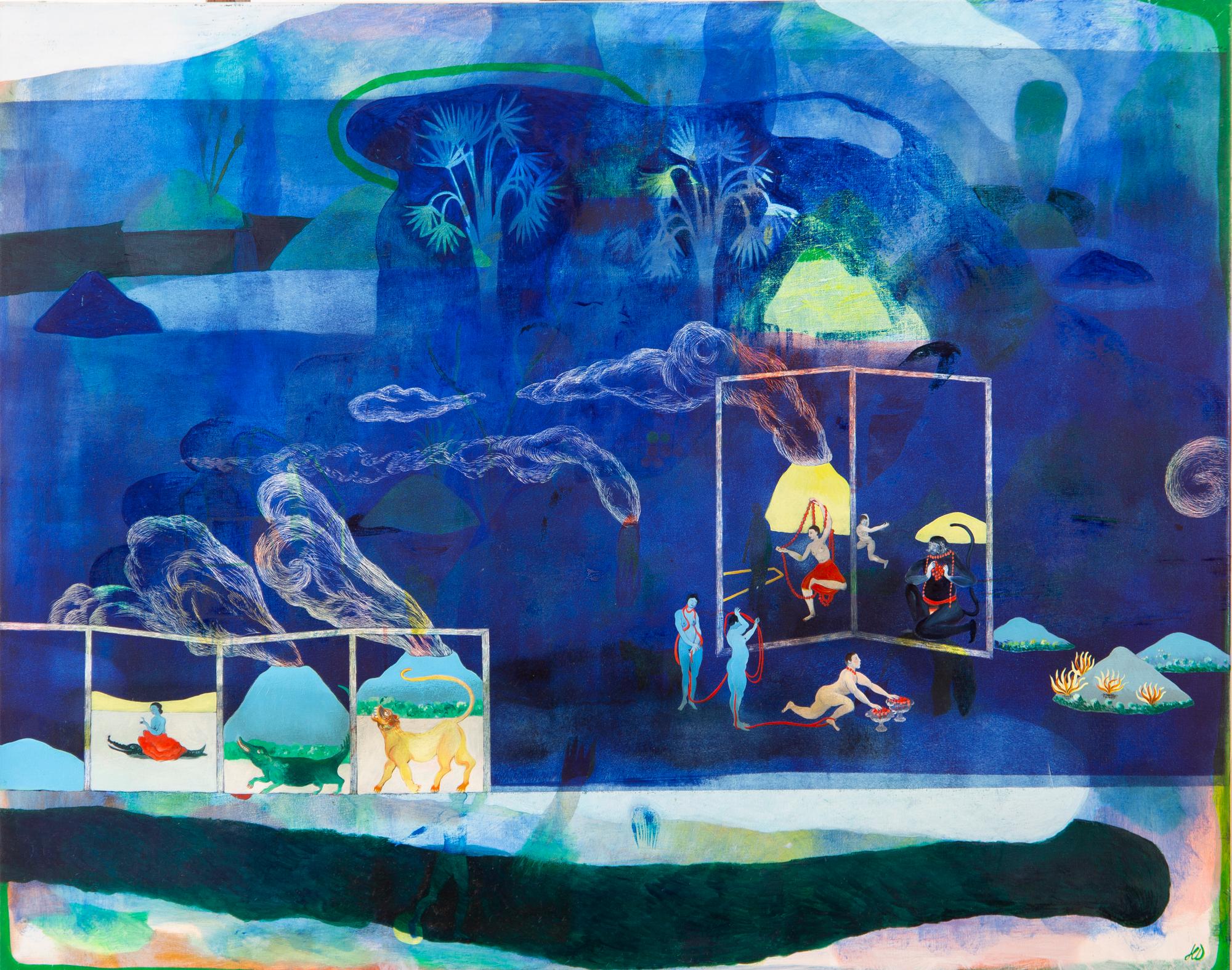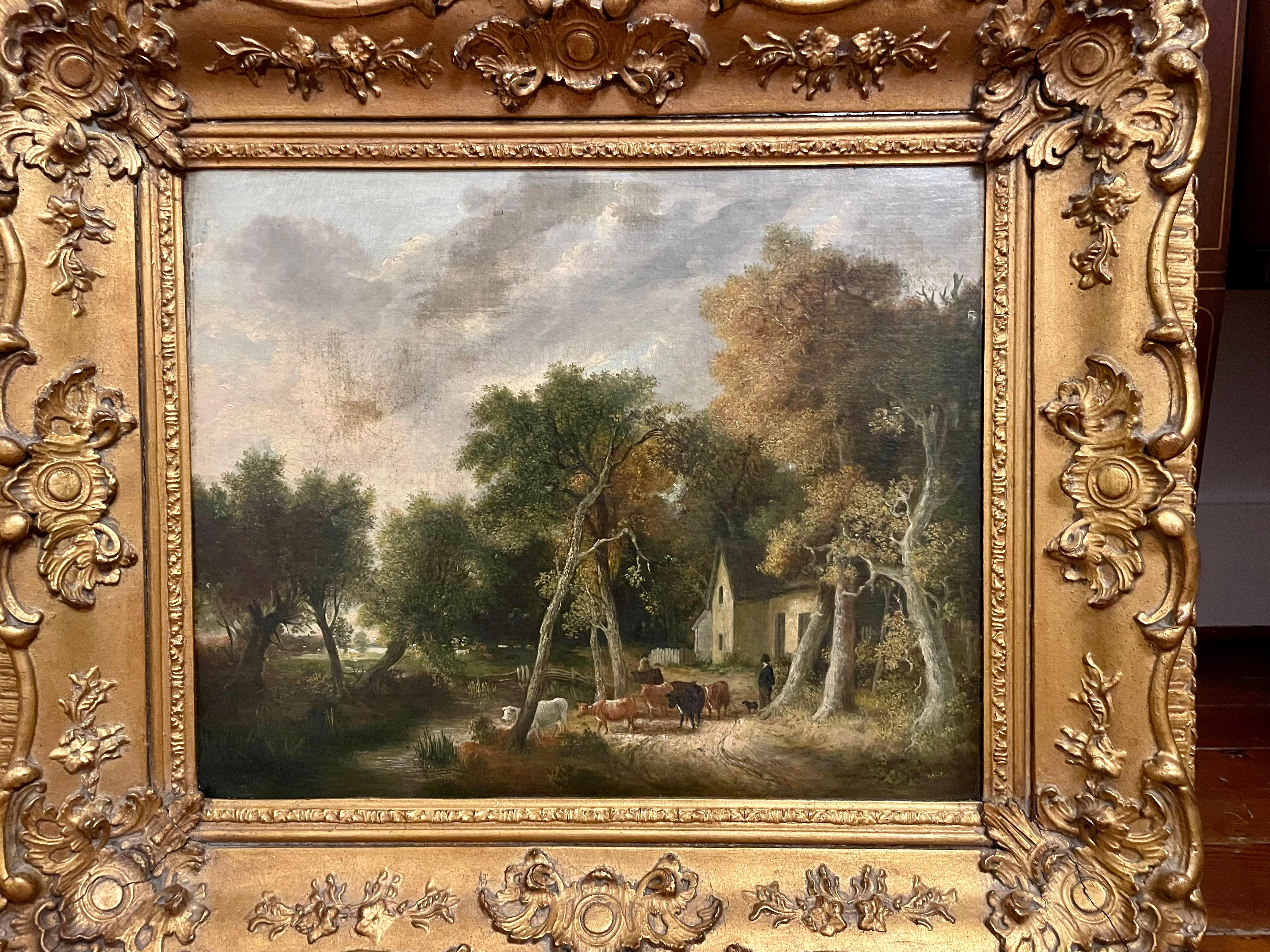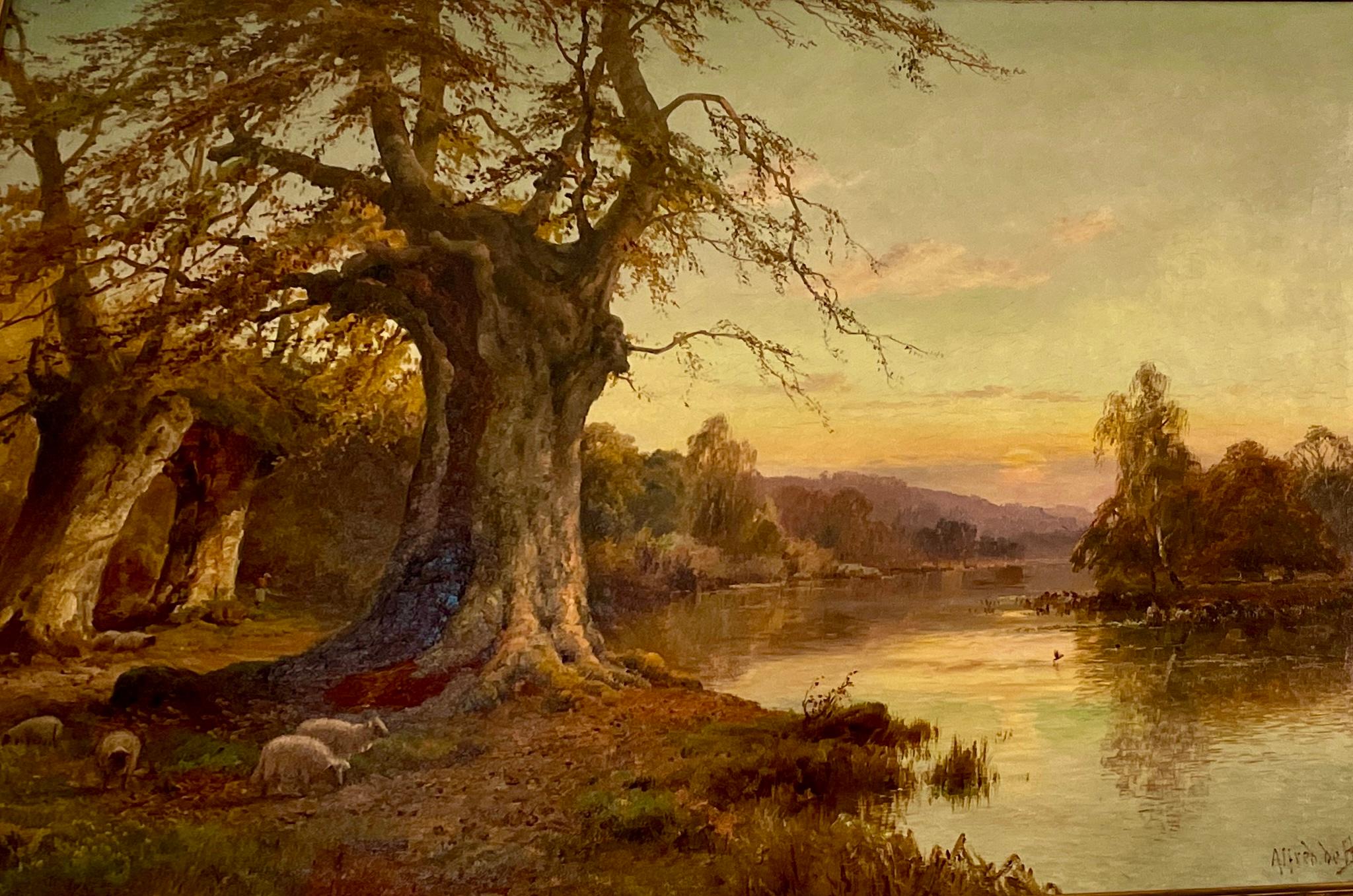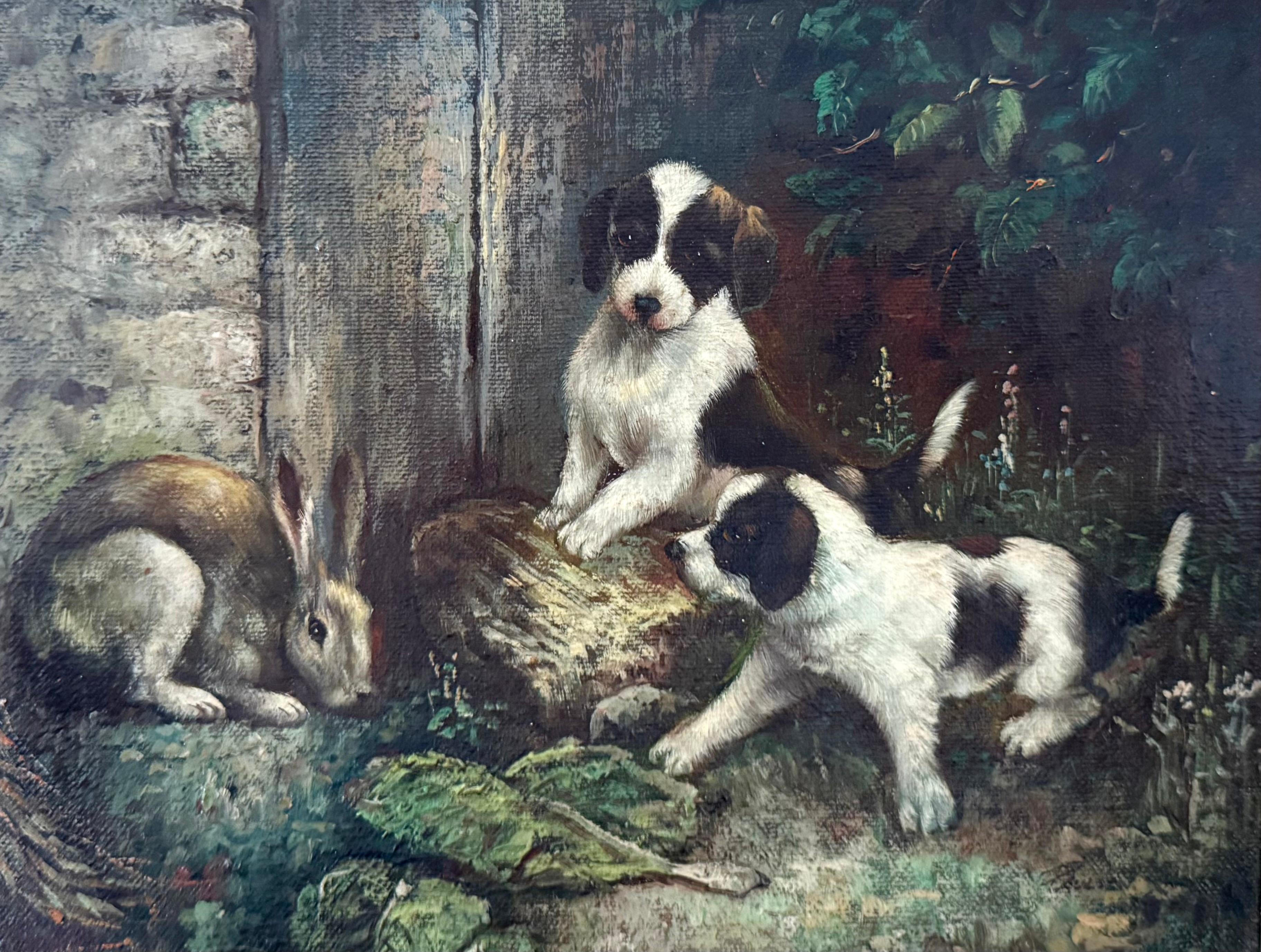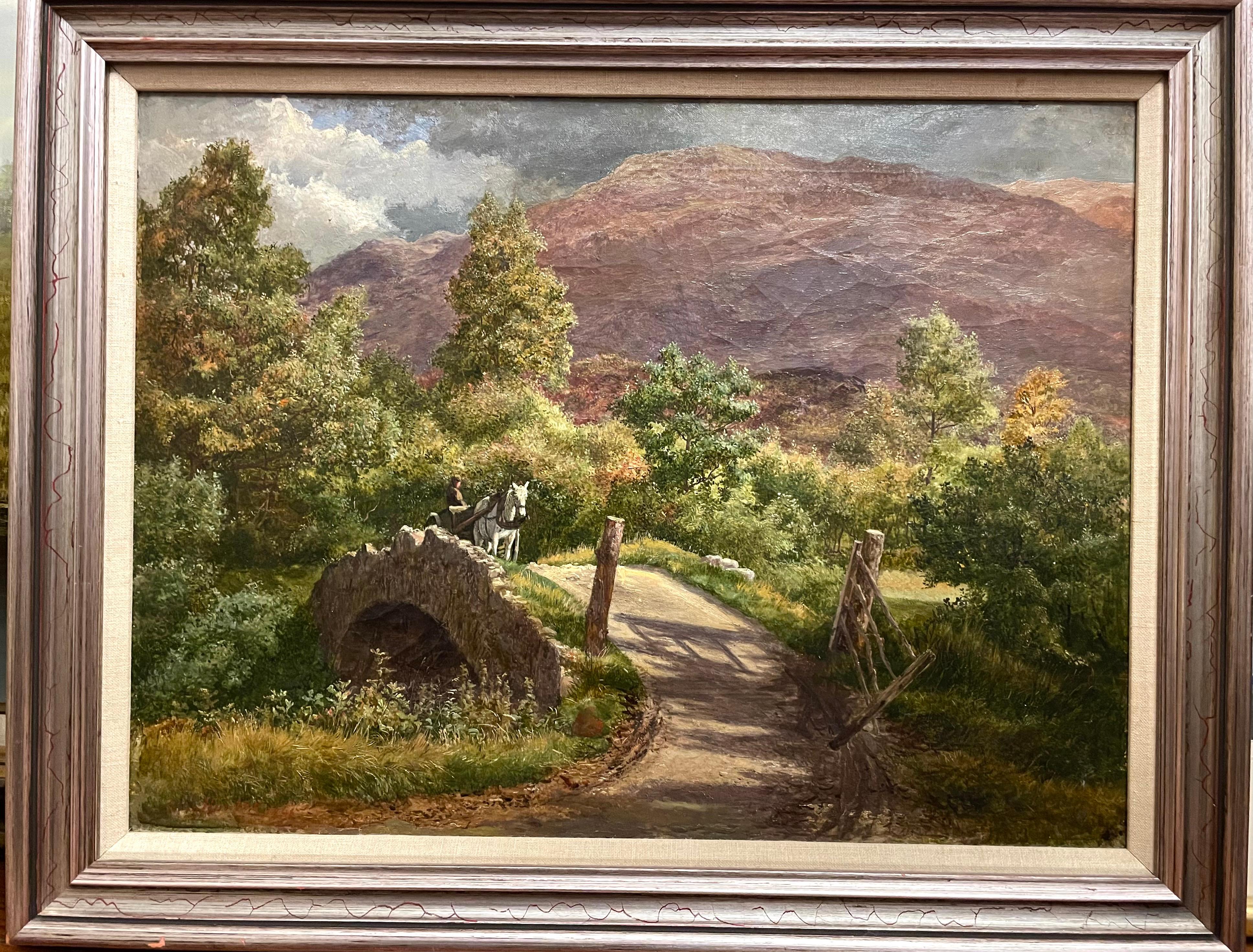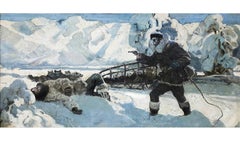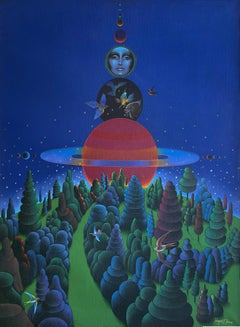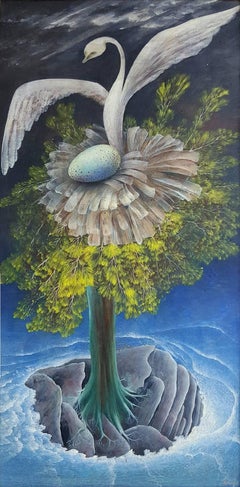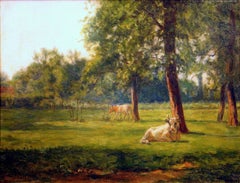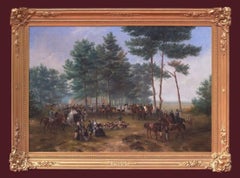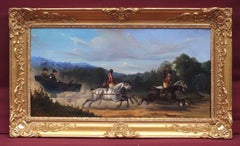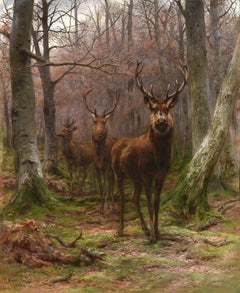
Three Bucks in the Fontainebleu Forest
View Similar Items
Rosa BonheurThree Bucks in the Fontainebleu Forest1886
1886
About the Item
- Creator:Rosa Bonheur (1822-1899, French)
- Creation Year:1886
- Dimensions:Height: 29 in (73.66 cm)Width: 24 in (60.96 cm)Depth: 4 in (10.16 cm)
- Medium:
- Movement & Style:
- Period:
- Condition:Good appearance. This work has recently been restored. The canvas is lined. The work has been cleaned of old varnish and is in very good condition. There is evidence minor localized inpainting and slight craquelure were visible on close inspection.
- Gallery Location:Miami, FL
- Reference Number:1stDibs: LU385312833582
Rosa Bonheur
Rosa Bonheur was among the most accomplished female painters of the 19th century, a time when women were typically not encouraged to pursue fine arts as a profession. Bonheur never married and lived openly as a lesbian. She is remembered for her realist animal paintings and highly detailed bronze animal sculptures.
Bonheur was born in Bordeaux, France, in 1822. Her mother died when she was just 11. Her father, a painter, believed in female education and supported her artistic pursuits. He oversaw Bonheur’s painting education after her unsuccessful apprenticeship as a seamstress.
Bonheur rose to prominence relatively early in her career. In 1848, the French government commissioned a piece for an exhibition at the Paris Salon. The resulting painting, Ploughing in the Nivernais, is today in the collections of the Musée d’Orsay in Paris. Around this time, she began a relationship with fellow artist Nathalie Micas. The pair remained together for the rest of Micas’s life.
Bonheur’s most famous painting, The Horse Fair, was exhibited at the Paris Salon in 1853 and completed in 1855. It is a depiction of the horse market, where Bonheur went twice a week for a year and a half to work on her sketches. She applied for a police permit to wear men’s clothing for comfort and to dissuade attention. The painting, which measures eight feet across, is in the collections of the Metropolitan Museum of Art in New York.
In 1855, Bonheur’s art dealer introduced her work to the United Kingdom, where her art proved even more popular than in her home country. Her financial success allowed her to move to a large property near Fontainebleau, France, in 1859, where she lived for the rest of her life. It has since been renamed Château de Rosa Bonheur and includes a museum dedicated to her work.
Bonheur was awarded the decoration of the French Legion of Honour in 1865 and was promoted to Officer of the Order in 1894, becoming the first female artist to receive the honor. In 1893, she exhibited at the World’s Columbian Exposition in Chicago.
Bonheur died in 1899 at the age of 77. She was buried in Père Lachaise Cemetery next to Nathalie Micas.
On 1stDibs, find a collection of Rosa Bonheur’s sculptures.
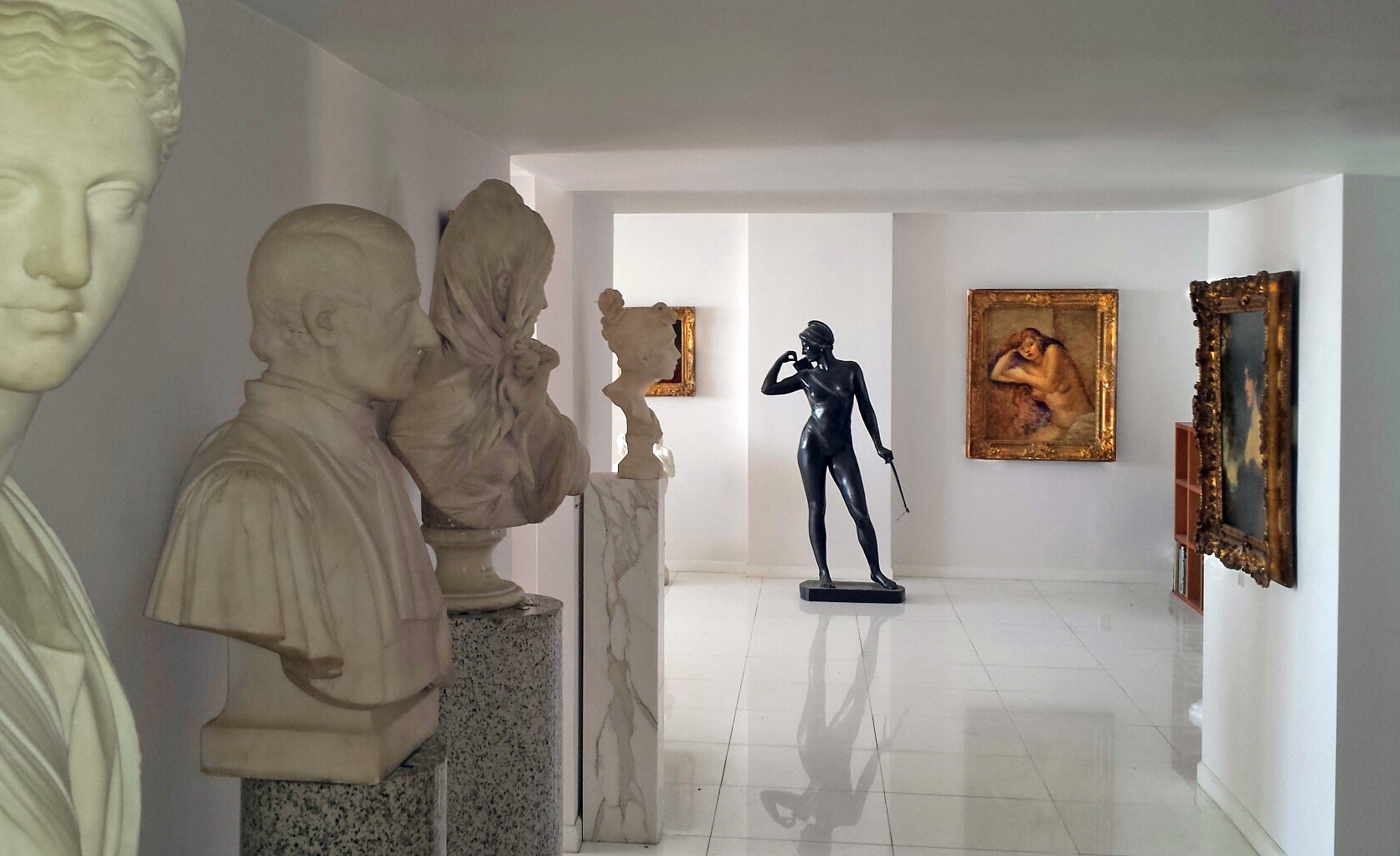
More From This Seller
View All1930s American Impressionist Animal Paintings
Oil, Canvas
1960s Surrealist Animal Paintings
Canvas, Oil
1970s Surrealist Landscape Paintings
Cotton Canvas, Acrylic
1940s Surrealist Animal Paintings
Masonite, Oil
1950s American Realist Animal Paintings
Oil
1950s American Modern Animal Paintings
Masonite, Oil
You May Also Like
Early 1900s Academic Landscape Paintings
Canvas, Oil
1830s Academic Animal Paintings
Oil
1840s Academic Animal Paintings
Oil
17th Century Baroque Landscape Paintings
Canvas, Oil
2010s Contemporary Landscape Paintings
Canvas, Oil
2010s Contemporary Animal Paintings
Canvas, Oil

